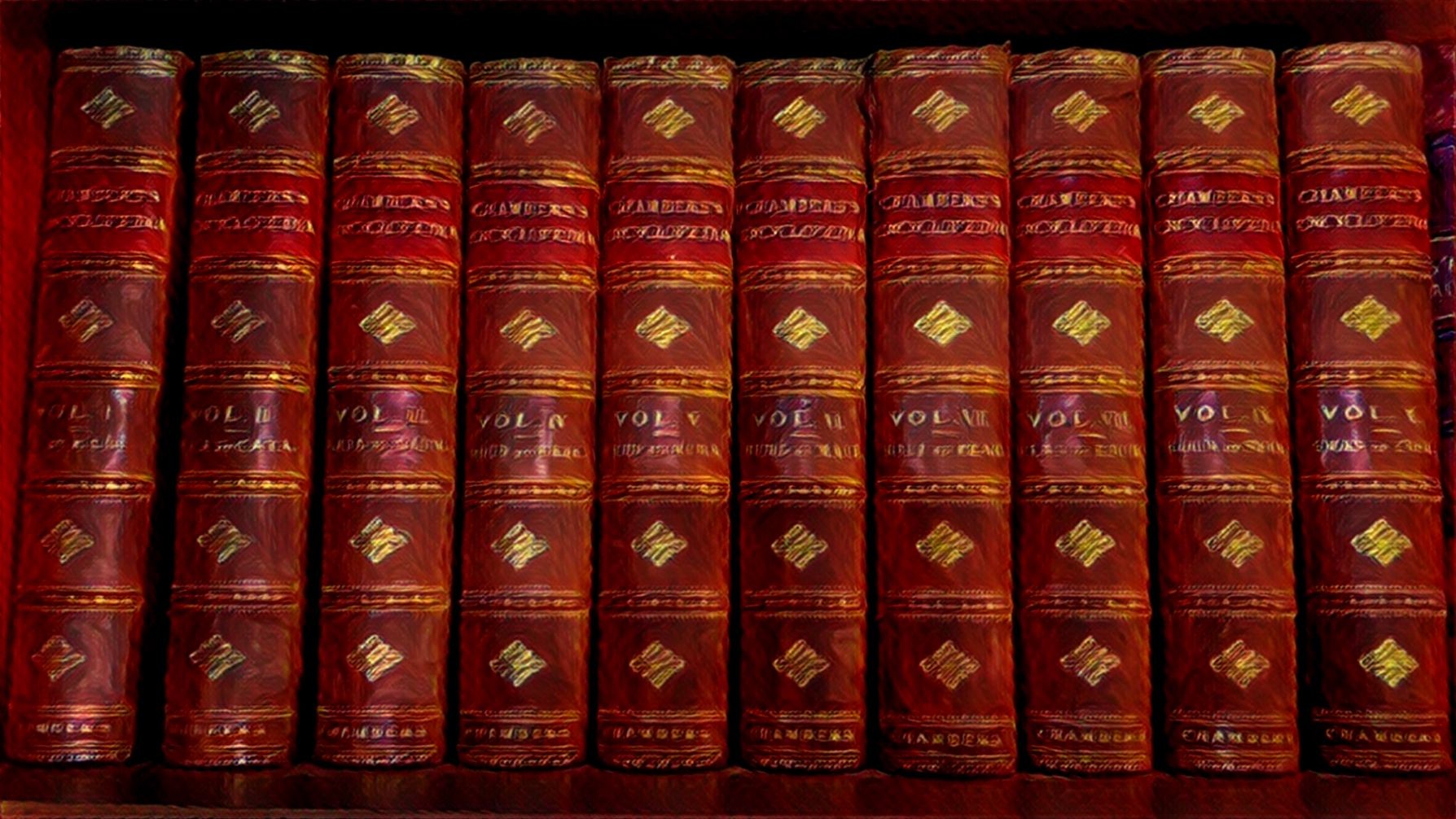Scottish Philanthropy Snippet – William Chambers
William Chambers (1800-1883)
Publisher, Public Servant, Philanthropist

Background: William Chambers was born in Peebles in the Scottish Borders. Following bankruptcy, the family moved to Edinburgh in 1813. Here, William became an apprentice bookseller, opening his own bookshop and print in 1819. Joined by his younger brother, Robert, in 1820, the brothers’ first major publishing success occured after they printed and bound 750 copies of The Songs of Robert Burns. Shortly thereafter, the brothers founded the publishing house W&R Chambers – William focused predominantly on the technical and financial side of operations; Robert on the writing. In 1832, they launched the weekly Chambers’ Edinburgh Jounral – another success with, in time, sales of 90,000 copies every week – followed by the Gazeeteer of Scotland.
William, along with his brother, was passionate about, and a strong advocate for, popular education. To this end, they pioneered the use of new publishing technologies to make print more widely and cheaply available. As part of this, the brothers also started publishing educational books: in the 1830s, they began the Chambers’ Educational Course for which they produced 100 titles; between 1859 and 1868 they run a total of 520 weekly parts that made up the Chambers’ Encyclopaedia; while in 1872, Chambers’ English Dictionary was released. Success after success meant that by the end of the 1800s, W&R Chambers was one of the largest English-language publishers globally. Today, it continues under the label of Chambers Harrap Publishers Ltd.
Philanthropy: As the brothers’ publishing business prospered, William founded a museum and art gallery in Peebles in 1859. Constituting his first major philanthropic act, this Chambers Institution was ‘for various useful purposes having in view the social, moral and educational improvement of the community’ (Tweeddale Museum and Gallery leaflet).

Gaining increasing recognition as an important public figure, William was elected a Fellow of the Royal Society of Edinburgh in 1860 and, between 1865 and 1869, was Lord Provost of Edinburgh. He used these public offices in pursuit of various philanthropic ideas. Most prominently, as Lord Provost, William oversaw the passage of the 1867 Improvement Act. This was aimed at clearing and redeveloping slums in Edinburgh’s Old Town. During the 1870s, William was also largely responsible, and personally paid, for the extensive refurbishment of Edinburgh’s St Giles Cathedral to its pre-Reformation glory. Ironically, the latter was completed just in time for his funeral in 1883.
Conclusion: William Chambers’ life and work clearly illustrates how philanthropy is often closely intertwined with business and public lives. For some, ‘philanthropy’ appears to be a relatively separate compartment, unrelated to, and sometimes even at odds with, other parts of their life. By contrast, William Chambers’ interst in the wider public good seems to have informed his business and public lives as well as his private and personal giving.
Sources:
Chambers Institution, Peebles – The Royal Burgh, http://www.peebles-theroyalburgh.info/chambers-institution
William Chambers, Wikipedia, https://en.wikipedia.org/wiki/William_Chambers_(publisher)
William Chambers, Undiscovered Scotland, https://www.undiscoveredscotland.co.uk/usbiography/c/williamchambers.html
Images:
Chambers’s Encyclopaedia – based on a photo by Tobias Jung
Memorial plate – © Stephen C Dickson and used under CCL https://en.wikipedia.org/wiki/William_Chambers_(publisher)#/media/File:Memorial_to_William_Chambers,_Peebles_Cemetery.jpg
Statute of William Chambers – © Jim Barton and used under CCL https://www.geograph.org.uk/photo/2758850
Drawing on findings from our How Philanthropy shapes Scotland project, our monthly Scottish Philanthropy Snippet explores the spectrum of people, places and practices that have contributed to the history of philanthropy in Scotland.
